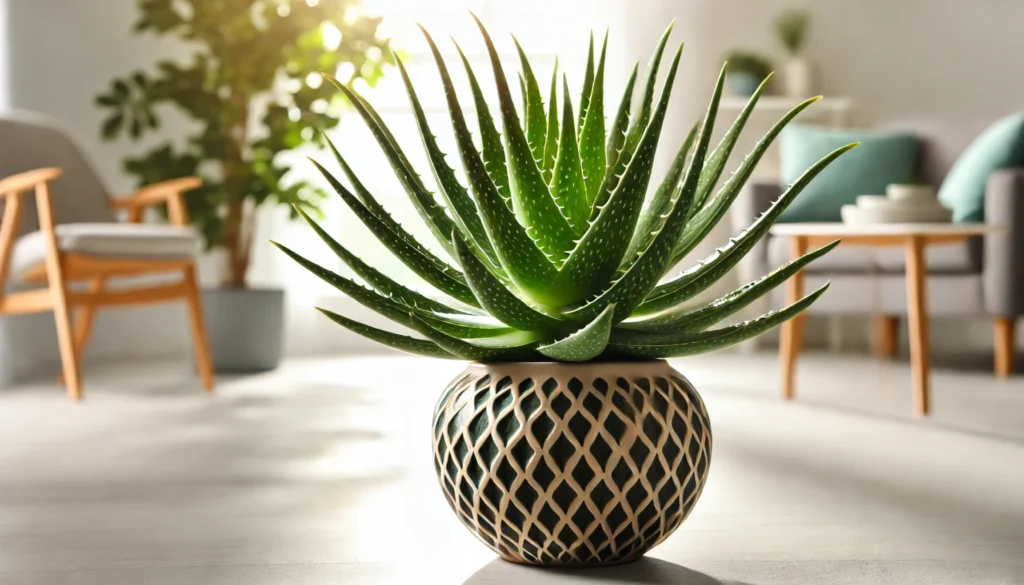
Toothwort (Cardamine concatenata), also known as Crinkleroot or Pepper Root, is a delicate perennial wildflower that thrives in woodland areas. This plant is known for its small, white-to-pink flowers that bloom in early spring. Toothwort typically grows between 6 and 12 inches (15 to 30 cm) tall, forming a beautiful, low-growing ground cover. Its name comes from the tooth-like appearance of its root system.
History and Ideal Growing Conditions
Native to North America, Toothwort has long been admired for its beauty and resilience in woodland habitats. The plant is commonly found in moist, shaded areas such as forests and along streambanks. It prefers cool temperatures and thrives in USDA hardiness zones 4 through 7.
Toothwort is a spring ephemeral, meaning it blooms early in the season before larger plants and trees fully leaf out. It then goes dormant as the tree canopy closes in, ensuring it receives enough sunlight to thrive. Ideal growing conditions for Toothwort include moist, well-drained soil and dappled sunlight, though it can tolerate partial shade.
Toxicity and Pets
Toothwort is not considered toxic to pets, making it a safe plant for households with animals. It’s a great option for naturalizing woodland areas or adding a touch of early spring color to your garden.
Safe Alternative Plants
If you’re looking for other pet-safe woodland plants, consider:
- Foamflower: A low-growing ground cover with delicate white flowers.
- Wild Ginger: Another native plant that provides lush ground cover and is pet-friendly.
Best Practices for Caring for Toothwort
Toothwort is relatively low-maintenance, but there are some key care tips to ensure it thrives in your garden or woodland setting.
Watering and Humidity
Toothwort enjoys consistently moist soil, especially during its growing season in early spring. Water the plant regularly to maintain the moisture level, but avoid waterlogging, which can cause root rot. Toothwort naturally grows in areas with higher humidity, but it can adapt to lower humidity levels as long as its soil remains moist.
Soil, Light, and Temperature
Toothwort prefers rich, well-drained soil that mimics its natural woodland environment. Adding organic matter like compost or leaf mulch can help maintain soil moisture and provide nutrients. Plant Toothwort in an area with dappled sunlight or partial shade, as full sunlight may be too harsh. The plant grows best in temperatures between 50°F and 70°F (10°C and 21°C) during the spring months.
Fertilizing
Toothwort does not require heavy fertilization. Adding compost or organic mulch in the fall is typically sufficient to provide the nutrients it needs for growth. If desired, a light application of a balanced, slow-release fertilizer in the spring can support its blooming period.
Common Problems and Remedies
Toothwort is fairly resilient but may face a few common issues.
- Pests: Slugs and snails may be attracted to the plant’s tender leaves. Use organic pest control methods like diatomaceous earth or copper barriers to protect your plants.
- Root Rot: Overwatering or poorly drained soil can lead to root rot. Ensure your soil is well-draining, and avoid waterlogging the area.
Is Toothwort Invasive?
No, Toothwort is not considered invasive. It spreads slowly through its rhizome system, forming clumps rather than taking over large areas. If you’re concerned about aggressive plants, Toothwort is a safe, controlled option for woodland gardens.
Pruning Toothwort
Pruning Toothwort is generally unnecessary, but you can tidy up the plant after its flowering period. Here’s how to manage its post-bloom care.
Tools Needed
Use sharp, clean scissors or garden shears to trim back the plant. Sanitize your tools with a bleach solution (1 part bleach to 9 parts water) before and after pruning to prevent the spread of disease.
Identify Areas to Trim
Once Toothwort has finished blooming and the foliage begins to yellow, you can trim back the dying leaves. Cut them at the base, but avoid cutting back the plant while it’s still actively growing.
Deadheading
Deadheading is not necessary for Toothwort, as it naturally goes dormant after blooming. However, removing spent flowers can help maintain a tidy appearance.
Prune Leggy Growth
Toothwort rarely grows leggy, but if it does, trim back any overly long stems to encourage more compact growth.
Remove Damaged or Diseased Leaves
If any leaves appear damaged or diseased, remove them promptly to prevent further spread. Cut the leaves at the base to maintain the plant’s overall health.
Shape the Plant
Toothwort does not require shaping, as its natural growth habit is compact and low-growing.
Post-Pruning Care
After pruning, continue to water the plant regularly until it enters dormancy. Apply a layer of mulch to protect the root system and help retain soil moisture during the growing season.
Propagation and Benefits
Toothwort can be propagated by division or seed. The easiest method is to divide the rhizomes in the fall, once the plant has gone dormant. Dig up the clumps, separate the rhizomes, and replant them in a new area with similar growing conditions. Propagation by seed is also possible, but it can take longer for the plants to become established.
The benefits of growing Toothwort go beyond its early spring beauty. It provides early nectar for pollinators like bees and butterflies, making it a valuable plant for supporting local wildlife. Additionally, its ability to thrive in shaded, moist areas makes it ideal for filling difficult spots in woodland gardens.
Final Thoughts
Toothwort is a charming and resilient addition to any garden, especially in woodland or shaded areas. Its delicate white-to-pink flowers bring a touch of color to early spring landscapes, while its low-maintenance nature makes it a great choice for gardeners looking for easy-to-care-for plants. Whether you’re planting it to attract pollinators or to naturalize a shady spot in your yard, Toothwort will reward you with years of reliable growth and beauty.



